Brembo and motorcycle radial brake development – Part 2
Part One – Part Two – Part Three
In Part 1 we finished on Brembo introducing their radical new idea to the Japanese Technical Manage of the Honda Racing Team, with the radial monobloc designs introduced, before moving on to prototyping.
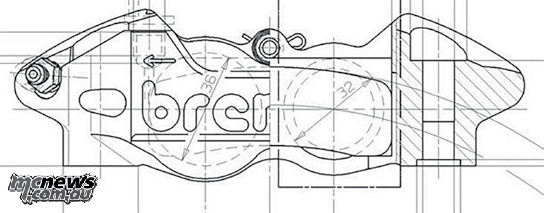
Unfortunately the technical sketches they presented were not accepted, with the radial mounting a no-go, while the monobloc caliper design did receive the green light.
Radial brake systems make an appearance with Aprilia
The defeat pronounced by one of the major experts in this field would have put anyone off, and indeed the idea was temporarily set aside in Brembo. But in truth it was just a pause for reflection.
The Brembo axial mount calipers, including the monobloc versions, had no rivals and continued to be successful in 500cc.
In the years that followed, there were seven World Championship titles: Rainey won two with Yamaha; Doohan won five with Honda. All of the bikes were outfitted with Brembo braking systems featuring axial mount calipers.
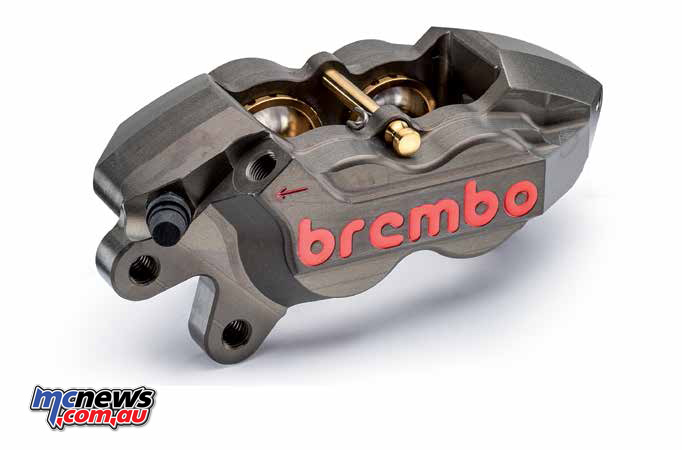
But the seed had been planted in the minds of the technicians for a radial mount caliper. They continued to believe firmly that by exploiting the connection on the fork joint, the radial caliper could stiffen not only the caliper itself but the whole braking system, producing definite improvements in overall performance.
The new caliper concept, together with a positioning of the brake pads that is better defined in relation to the disc, would also give the rider improved braking sensitivity and provide the possibility to easily increase the diameter of the brake disc.
It was a just a matter of waiting for the right moment. That opportunity arose a few years later…
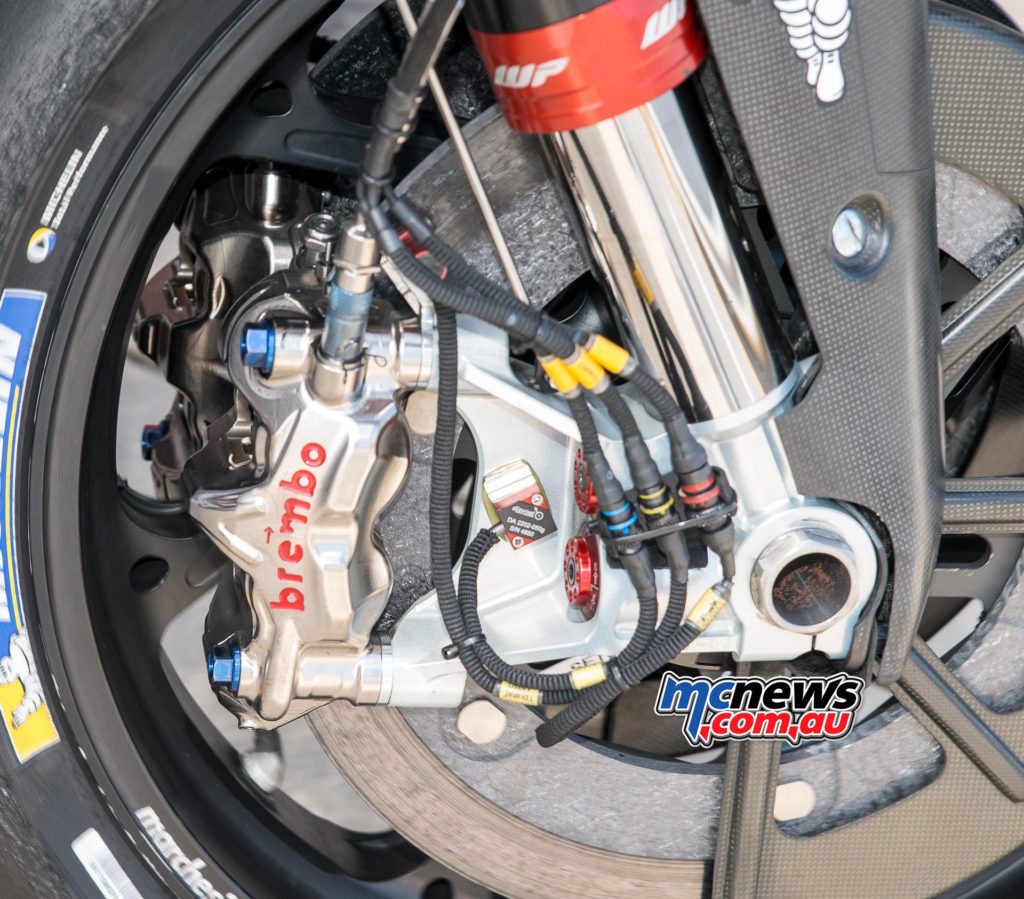
That takes us to 1997 and it was precisely in those years that Aprilia was up against the Japanese giants in the 250cc World Championship. The manufacturer was constantly on the lookout for technical solutions that could give it an advantage over its adversaries, so it asked Brembo for something innovative.
The design technicians didn’t have to be asked twice. They immediately approached Aprilia with the proposal of a radial mount brake caliper. The enthusiasm of Aprilia and new energy lavished on the project took the practical form of new and in-depth testing. The time was finally right for moving from paper to prototype. However, there was a problem.
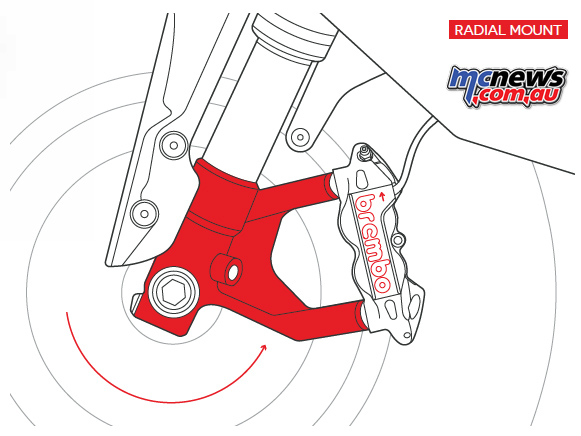
The prototypes built were difficult to integrate with the fork joints used up until then and Aprilia’s fork joint supplier was a bit disoriented by the completely new construction scheme.
So, the Brembo technicians were asked to provide support in creating this particular foot needed to connect the brake caliper to the fork joint. The fork joint was co-designed by the manufacturer and Brembo, which gave valuable insight regarding the connection of the caliper.
Aprilia believed in the project and decided to have its test driver Marcellino Lucchi try out the new setup during some private trials on the Jerez De la Frontera circuit in February 1998.
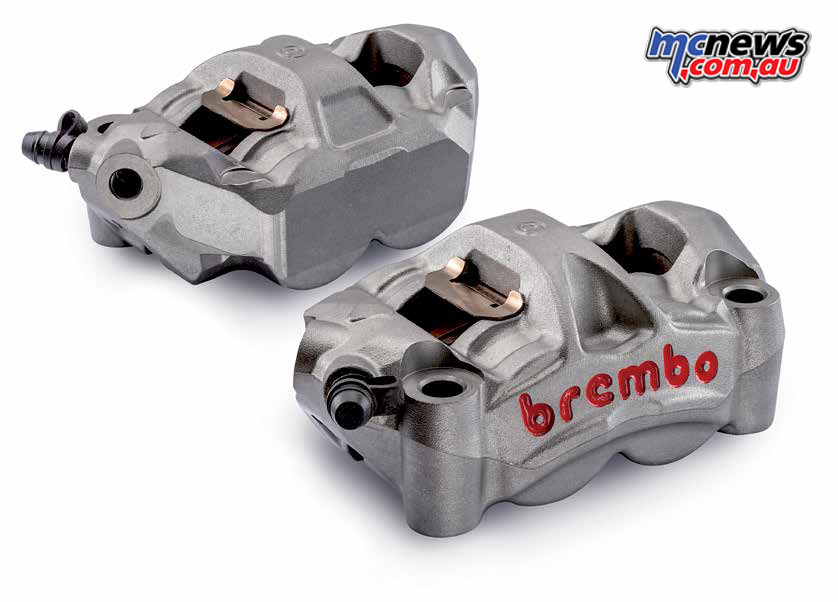
Lucchi’s verdict was positive, so the new Brembo caliper was then tried out over the next few days by the other Aprilia riders. This included Testuya Harada (250cc World Champion 1993), Loris Capirossi (two-time winner in 125cc) and Valentino Rossi (newly named 125cc World Champion).
These men began a series of successful tests of the new Brembo caliper. The radial mount caliper made its official debut in the inaugural race of the 1998 World Championship season in Suzuka, Japan.
The new technical solution adopted by the Aprilia 250 stirred up some amazement among the initiated, and there was no shortage of sceptics in the paddock.
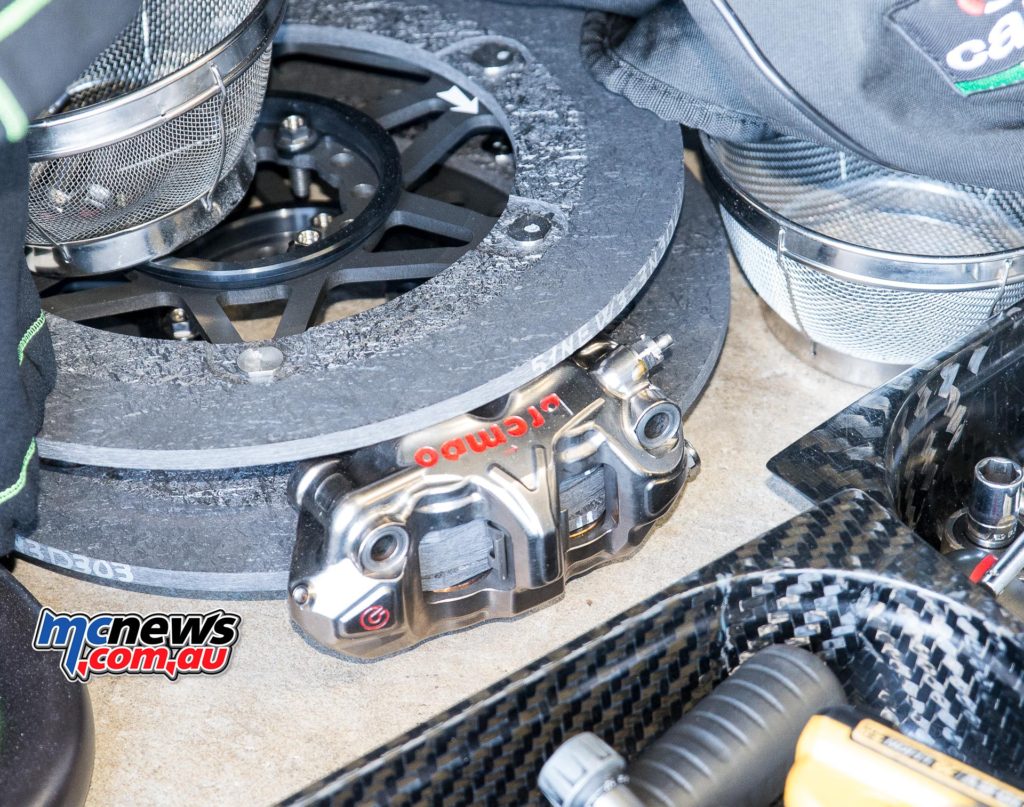
But when Aprilia nearly won the double in the next race (the victory went to Harada but Rossi fell in the last lap when he was in second place), it became clear that the radial mount caliper represented the future.
In just a short time, all of the teams in this championship wanted Brembo’s radial mount calipers. The season turned out to be triumphant for Aprilia. It won 12 Grand Prix races and took the top three positions in the World Championship season: Capirossi first, Rossi second and Harada third.
Brembo’s radial caliper solution joins the premium class
The following year, Aprilia returned in the 500cc class with Harada and brought the new radial mount caliper to the premium class.
Along with Aprilia, the first to use a radial caliper in the 500cc class in 1999 was Suzuki, which had adopted the new solution back in 1998 for Aoki and Roberts’ bikes. Kenny Roberts Jr brought success for the Brembo radial mount caliper in the 500cc class, surprising everyone by taking second place.
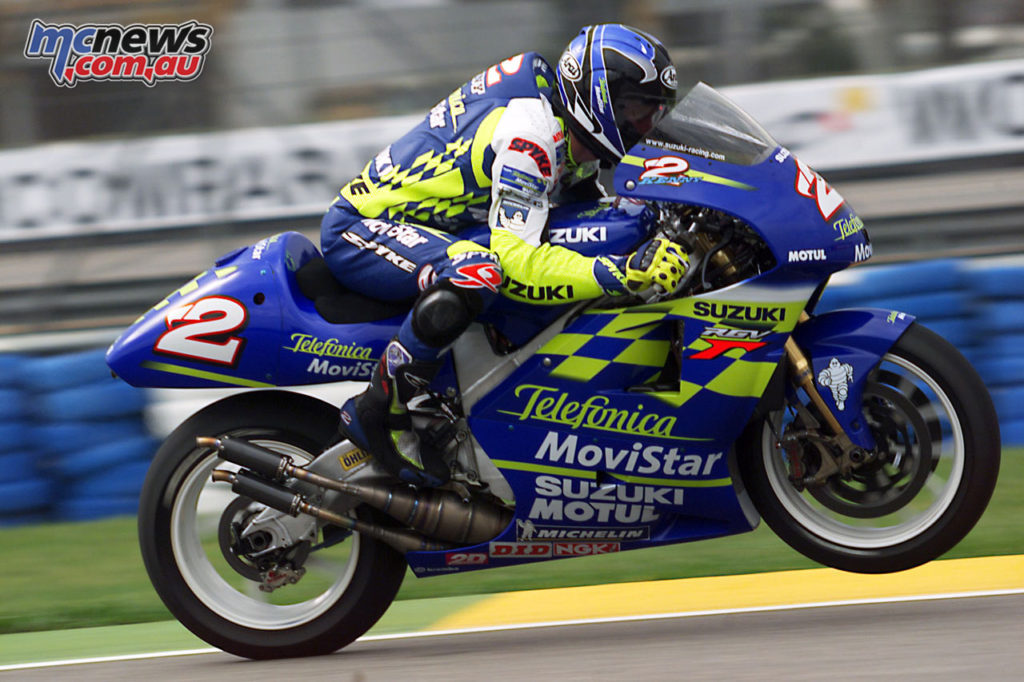
This was just the beginning because all of the riders who tried them were of the opinion that the radial calipers were a step forward in terms of both performance and feeling – better performance, greater modularity. Word spread quickly in the pits and the other leading teams started to move.
On August 22, 1999 in Brno, the Honda HRC introduced the caliper on the bikes ridden by Barros and Criville, and it debuted on the Yamaha at the Australian GP on 3rd October.
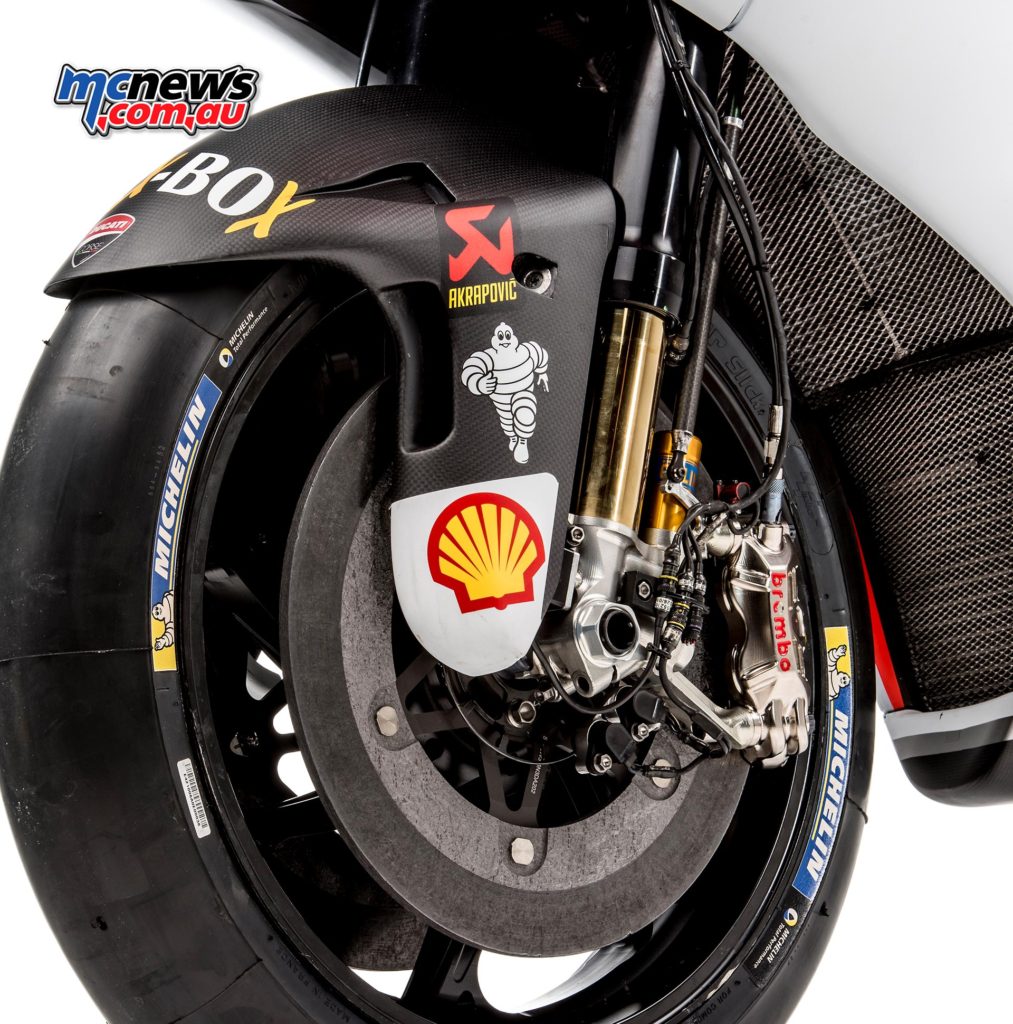
Alex Criville decided to keep them and ended the season as the World Champion with radial mount calipers. In 2000, Kenny Roberts Jr with Suzuki won the World Championship, he was the first World Champion in the 500cc class to have run the entire season with Brembo radial mount calipers.
From that moment on, the use of radial calipers on the track became increasingly common. From Motorcycle Grand Prix, the Brembo radial mount calipers moved onto Superbike and with a domino effect, into minor competitions.
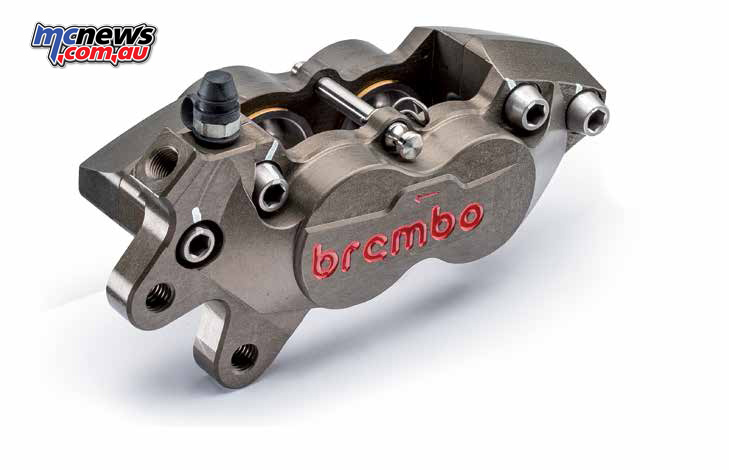
It was love at first sight for riders, so much so that axial mount calipers were quickly forgotten, replaced by radial calipers on circuits throughout the world.
The Technical Manager for the Honda Racing Corporation (HRC), with great style and elegance, admitted to having made a mistake and apologised to the Brembo technicians for his harsh reaction a few years earlier.
After all, since it was introduced into MotoGP in 2002, all of the GP races were won by bikes with Brembo braking systems featuring a radial mount.
In Part 3 we look at the Brembo radial caliper system moving from the track to road bikes, as well as some of the most demanding braking sections on the MotoGP circuit.
Part One – Part Two – Part Three























